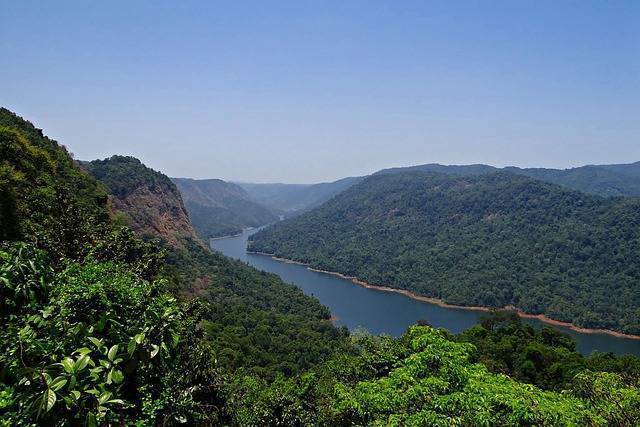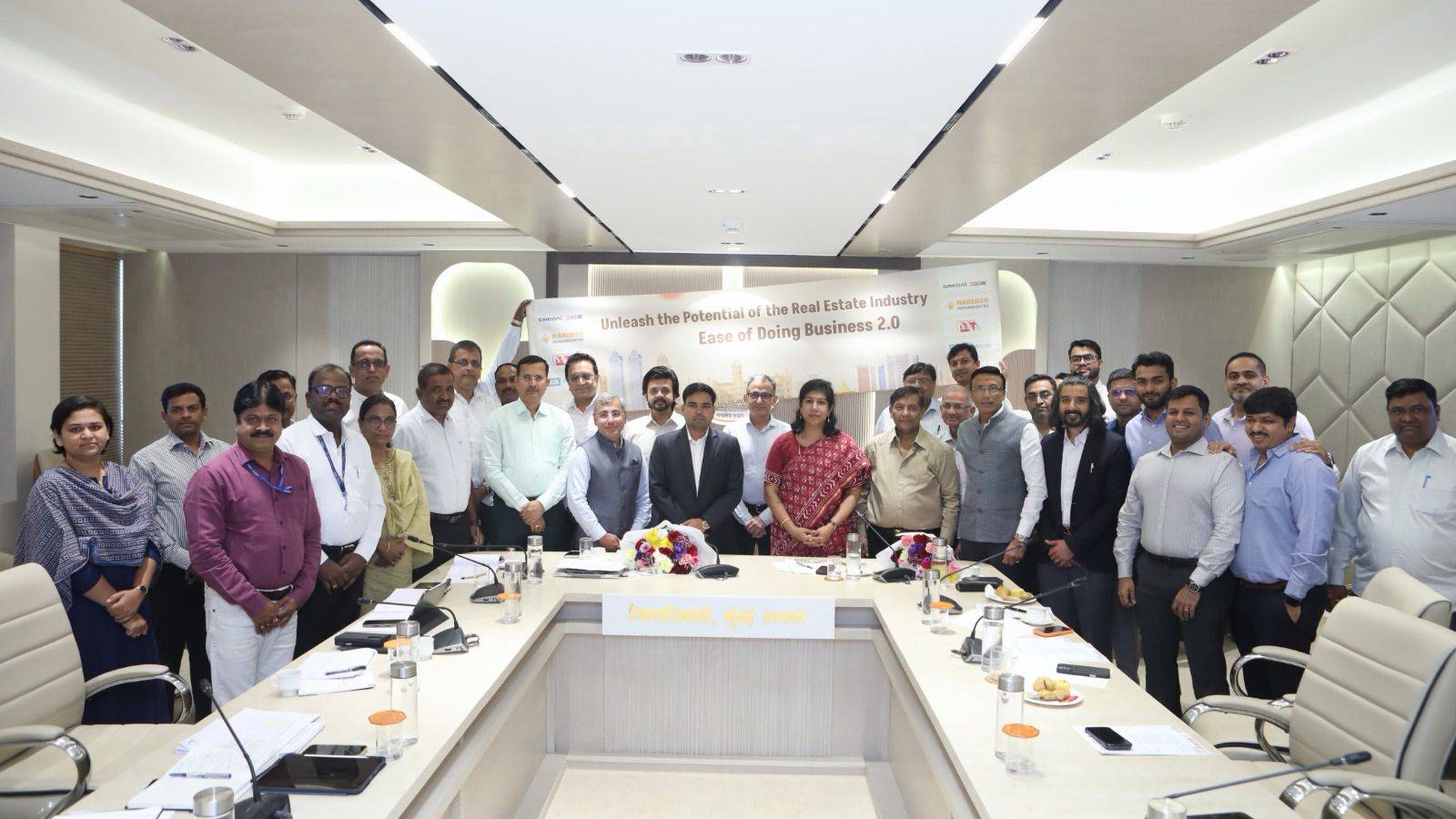The Karnataka government has taken a significant step to protect the Western Ghats, one of the world's most ecologically sensitive regions. In a recent move, the state has temporarily banned any changes in land use within the Western Ghats while proposing a comprehensive master plan to ensure the area's long-term protection. This decision is seen as a strategic middle path to balance environmental conservation with the livelihoods of the people living in the region.
Background and Context
The Western Ghats, a UNESCO World Heritage Site, are known for their rich biodiversity and are home to several endangered species. However, the region has been under threat due to various human activities, including deforestation, construction, and agriculture, leading to environmental degradation and an increase in natural disasters like landslides and floods. The recent landslides in Wayanad and Kodagu and the melting of Himalayan glaciers have further highlighted the urgent need to protect such ecologically sensitive areas (ESAs).
The Karnataka government's decision aligns with the recommendations of the Kasturirangan Committee, which suggested a balanced approach to conservation that allows for the continuation of human activities in a controlled manner. Unlike the more stringent Madhav Gadgil report, which recommended declaring large portions of the Western Ghats as ESAs with strict restrictions on human activity, the Kasturirangan report advocated for a more pragmatic approach, allowing for sustainable development.
The Proposed Master Plan
The master plan proposed by the Karnataka government aims to create a consensus among various departments, including the forest, revenue, urban development, and panchayati raj departments, to develop new zonal regulations for land use in the Western Ghats. The primary objective of this plan is to protect the environment while ensuring that the existing villages and towns within the Western Ghats can continue their day-to-day activities without the threat of eviction.
One of the key elements of this master plan is the demarcation of boundaries for every town and village within the Western Ghats. Once these boundaries are established, all other areas will be declared as part of a Green Zone, where any activity other than farming will be prohibited. This measure is intended to prevent further encroachments and illegal activities, such as the construction of unauthorized homestays and resorts, which have been a significant concern in the region.
The temporary ban on land use changes will remain in effect until the new zonal regulations are implemented. According to officials, the creation and implementation of the master plan do not require amendments to existing laws, making it possible to roll out the plan swiftly once all relevant departments are on board.
Balancing Conservation and Livelihoods
The Karnataka government's approach to protecting the Western Ghats is seen as a balanced strategy that addresses both environmental and socio-economic concerns. By allowing residents to continue with their daily activities while preventing further environmental degradation, the government aims to strike a middle path that benefits both the environment and the people living in the region.
This approach has been welcomed by many as a pragmatic solution to the complex challenges of conservation in the Western Ghats. However, some environmentalists argue that the government should take even stronger measures, such as implementing the more stringent recommendations of the Gadgil report, to ensure the long-term protection of the region.
As the state moves forward with its plan, it will be essential to monitor its impact on both the environment and the local communities to ensure that the Western Ghats remain protected for future generations.









.png)